ASTM: American Society for Testing and Materials
ANSI: American National Standards Institute
ASME: American Society of Mechanical Engineers
API: American Petroleum Institute
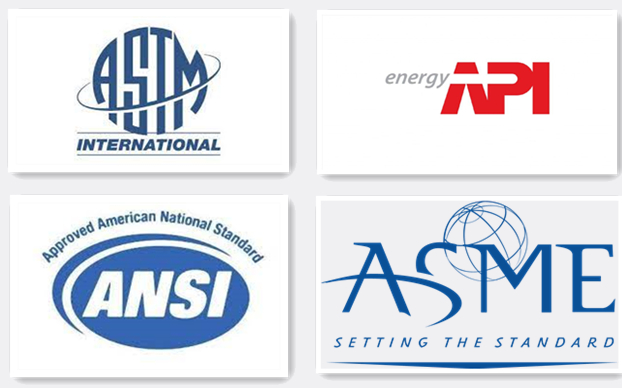
ASTM:The American Society for Testing and Materials (ASTM) was formerly the International Association for Testing Materials (IATM). In the 1880s, in order to solve the opinions and differences between buyers and suppliers in the process of purchasing and selling industrial materials, some people proposed to establish a technical committee system, and the technical committee organized representatives from all aspects to participate in technical symposiums to discuss and resolve relevant material specifications. , test procedures and other controversial issues. The first IATM meeting was held in Europe in 1882, at which a working committee was formed.
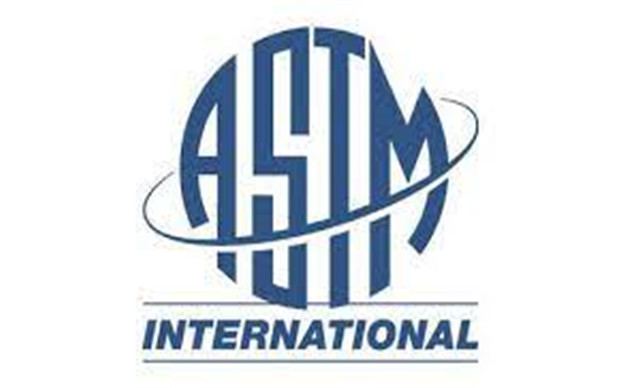
ASME: The American Society of Mechanical Engineers (ASME) (American Society of Mechanical Engineers) was established in 1880. Today it has become an international non-profit educational and technical organization with more than 125,000 members worldwide. Due to the growing interdisciplinary nature of the engineering field, ASME publications also provide information on cutting-edge technologies across disciplines. The subjects covered include: basic engineering, manufacturing, system design, etc.
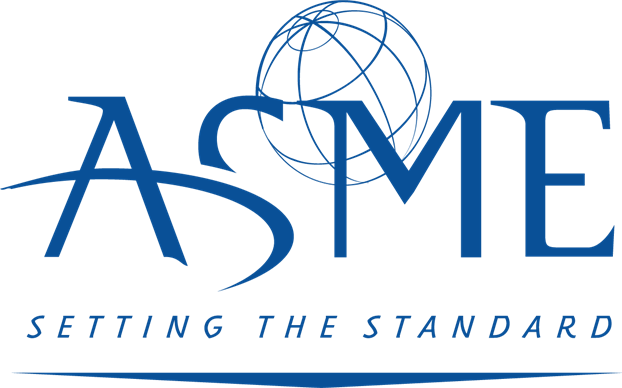
ANSI: American National Standards Institute was established in 1918. At that time, many enterprises and professional technical groups in the United States had already started standardization work, but there were many contradictions and problems due to lack of coordination among them. In order to further improve efficiency, hundreds of scientific and technological societies, associations and groups all believe that it is necessary to set up a special standardization organization and formulate unified general standards.
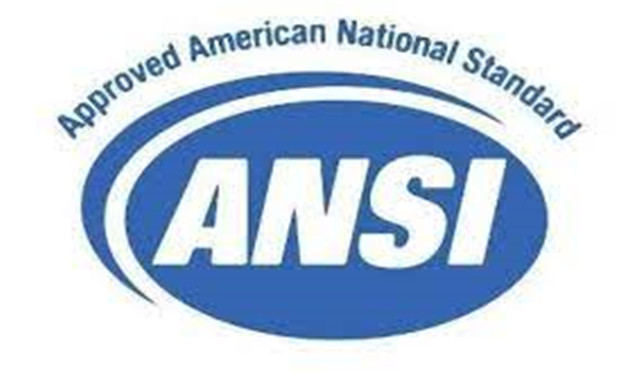
API: API is the abbreviation of American Petroleum Institute. Founded in 1919, API is the first national business association in the United States and one of the earliest and most successful standard-setting chambers of commerce in the world.
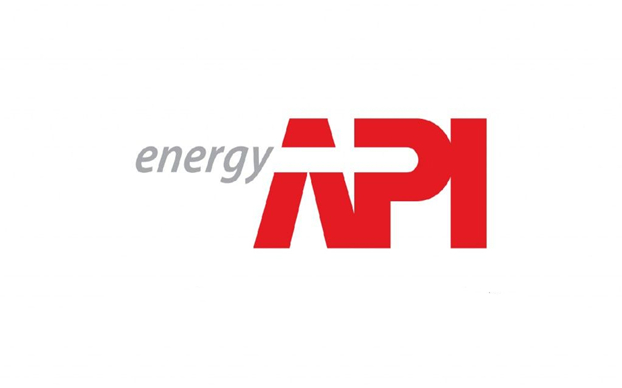
Respective responsibilities ASTM is mainly engaged in the development of standards for the characteristics and performance of materials, products, systems and services, and the dissemination of related knowledge. ASTM standards are developed by technical committees and drafted by standard working groups.Although ASTM standards are standards formulated by unofficial academic groups.At present,ASTM standards are divided into 15 categories (Sections) and published in volumes (Volume). The standard classification and volumes are as follows: Classification:
(1) Steel products
(2) Non-ferrous metals
(3) Test methods and analysis procedures for metallic materials
(4) Construction materials
(5) Petroleum products, lubricants and mineral fuels
(6) Paints, related coatings and aromatic compounds
(7) Textiles and materials
(8) plastic
(9) Rubber
(10) Electrical insulators and electronic products
(11) Water and Environmental Technology
(12) Nuclear energy, solar energy
(13) Medical equipment and services
(14) Instrumentation and general test methods
(15) General industrial products, special chemicals and consumable materials
ANSI: The American National Standards Institute is a non-profit non-governmental standardization group. But it has actually become a national standardization center;
ANSI itself rarely develops standards. The preparation of its ANSI standard mainly adopts the following three methods:
1. Relevant units are responsible for drafting, invite experts or professional groups to vote, and submit the results to the standard review meeting established by ANSI for review and approval. This method is called polling.
2. Representatives of ANSI technical committees and committees organized by other organizations draft standard drafts, voted by all committee members, and finally reviewed and approved by the standard review committee. This method is called the committee method.
3. From the standards formulated by various professional societies and associations, those that are relatively mature and of great significance to the country are promoted to national standards (ANSI) after being reviewed by ANSI technical committees and named as ANSI standard codes and classification number, but at the same time retain the original professional standard code.
Most of the standards of the American National Standards Institute come from professional standards. On the other hand, various professional societies and associations can also formulate certain product standards based on existing national standards. Of course, you can also formulate your own association standards not according to national standards. ANSI standards are voluntary. The United States believes that mandatory standards may limit productivity gains. However, the standards cited by laws and formulated by government departments are generally mandatory standards.
ASME: Mainly engaged in the development of science and technology in mechanical engineering and related fields, encouraging basic research, promoting academic exchanges, developing cooperation with other engineering and associations, carrying out standardization activities, and formulating mechanical specifications and standards. Since its inception, ASME has led the development of mechanical standards, and has developed more than 600 standards from the original thread standard to the present. In 1911, the Boiler Machinery Directive Committee was established, and the Machinery Directive was promulgated from 1914 to 1915. Later, the directive was combined with the laws of various states and Canada. ASME has become a worldwide engineering institution primarily in the fields of technology, education and survey.
API: It is a standard setting organization recognized by ANSI. Its standard setting follows ANSI's coordination and development process guidelines. API also jointly develops and publishes standards with ASTM. API standards are widely used, not only adopted by enterprises in China, but also by federal and state laws in the United States. Regulations and government agencies such as the Department of Transportation, Department of Defense, Occupational Safety and Health Administration, U.S. Customs, Environmental Protection Agency, U.S. Geological Survey, etc., and are also used worldwide by ISO, International Organization for Legal Metrology and more than 100 national standards quoted. API: Standards are widely used, not only adopted by enterprises in China, but also cited by US federal and state laws and regulations, as well as government agencies such as the Department of Transportation, the Department of Defense, the Occupational Safety and Health Administration, the US Customs, the Environmental Protection Agency, and the US Geological Survey. And it is also quoted by ISO, International Organization of Legal Metrology and more than 100 national standards worldwide.
Difference and Connection:These four standards complement each other and learn from each other. For example, the standards adopted by ASME in terms of materials all come from ASTM, the standards on valves mostly refer to API, and the standards on pipe fittings come from ANSI. The difference lies in the different focus of the industry, so the adopted standards are different. API, ASTM, and ASME are all members of ANSI. Most of the standards of the American National Standards Institute come from professional standards. On the other hand, various professional societies and associations can also formulate certain product standards based on existing national standards. Of course, you can also formulate your own association standards not according to national standards. ASME does not do specific work, and almost all experiments and formulation work are completed by ANSI and ASTM. ASME only recognizes the specifications for its own use, so it is often seen that repeated standard numbers are actually the same content.
Post time: Mar-27-2023
